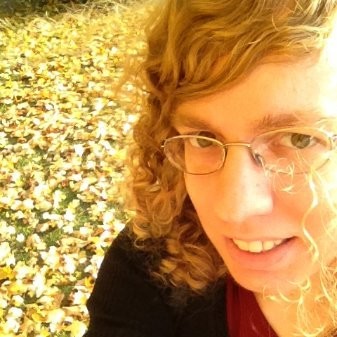Space Means More than Practicality: Panel

The importance of space should be expressed in terms beyond everyday applications, according to a panel of science personalities speaking Thursday at the National Space Symposium in Colorado Springs.
Bill Nye – the executive director of The Planetary Society – as well as Harvard University’s Lisa Randall and the NASA Jet Propulsion Laboratory’s Amy Mainzer, each outlined their individual research or organizations at the last panel of the symposium.
Ms. Mainzer drew a distinction between the practical and personal reasons of space.
“Personal reasons are pretty obvious. Humanity has always wanted to know what’s over the next hill,” she said.
“One of the most important things to realize is the things we discover in space, sometimes they don’t come home to roost in the next generation of iPhone or a faster processor in a computer. Sometimes it takes time.”
For example, she said, the principles of quantum mechanics were developed between the 1900s and 1930s. The first computer using those principles wasn’t ready until the 1950s, and it took until the 1990s to make applications such as laptops and laser surgery ubiquitous.
But she did say there are some applications that are useful right away, such as comparative planetology, particularly with regard to climate change.
Ms. Randall focused her discussions on the beauty of cosmology, her field of research, which has only become a viable research field in the last century.
Elements of cosmology include Einstein’s theory of relativity, knowledge of elementary particles and forces, and the use of telescopes and satellites to combine space- and ground-based observations.
“We like to go find the elementary ingredients so we can put it together, and we can do that – in some sense – with the universe too.”
Mr. Nye, best known for his television show Bill Nye the Science Guy, briefly noted the 20th anniversary of the show is coming up later this year.
He acknowledged the number of people approaching him at the conference saying they are fans of the show, but said one show “is not enough to measure” the impact on science literacy in the United States.
“If it worked, we wouldn’t continually have this hand-wringing,” he said.
He also asked the audience how many people could name an astronaut or cosmonaut on the International Space Station. Only a handful in the hundreds of people in attendance raised their hands.
“(That’s because) we have made low earth orbit routine,” he said. “It is a remarkable thing. It’s not to boldly go right now. It’s to timidly go where 550 people have been.”
But there are obstacles standing in the way to making spaceflight even more routine, he added. Bone mass loss in space is a problem that has preoccupied scientists since at least the 1960s. Artificial gravity has been proven in some applications, but not yet to the extent seen in the movie 2001.
He also warned that the funds seen for Apollo would never happen again, and that spaceflight would need to be done more cheaply in the future.
Although the speakers made eloquent praise of the beauty of space, the panel was speaking to the converted. Mr. Nye did give some ideas for reaching people who are not inherently interested in the field – changing the teaching of algebra to make it more accessible, for example – but few other examples were provided of strategies to find new audiences.
To convince the public of the worth of space exploration, some sort of new paradigm is needed regarding further education and outreach to make its benefits and beauty more commonly known. Entertaining as the panel was, it would have been nice to hear more of their thoughts about how to gain new audiences.








